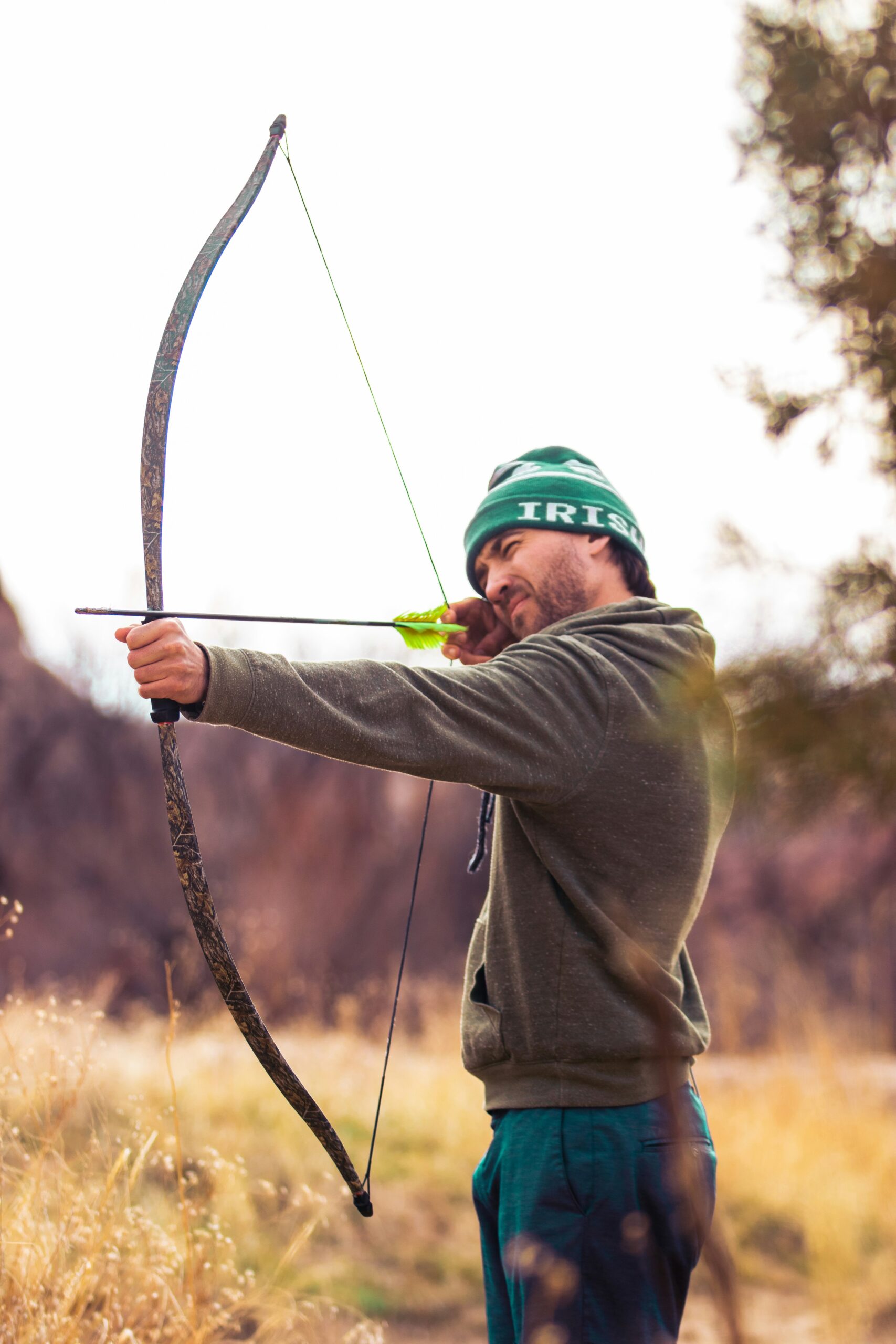Are you concerned about safety while playing Archery Tag? Ensuring a safe environment is crucial for an enjoyable experience. This post will cover important aspects such as selecting the right gear, establishing secure playing field boundaries, and conducting thorough pre-game safety briefings. By following these guidelines, readers will create a safer atmosphere, reducing injuries and allowing everyone to focus on having fun. Addressing common safety challenges will help make Archery Tag a secure and exciting activity for all players.
Key Takeaways
- Regularly inspect and maintain archery equipment to ensure player safety
- Use approved protective gear, including face masks and arm guards, during play
- Clearly mark game boundaries to define safe areas for players
- Establish a well-prepared emergency response plan and keep first-aid kits accessible
- Communicate rules and safety measures effectively to enhance player understanding and enjoyment
Select and Maintain Safe Archery Tag Gear
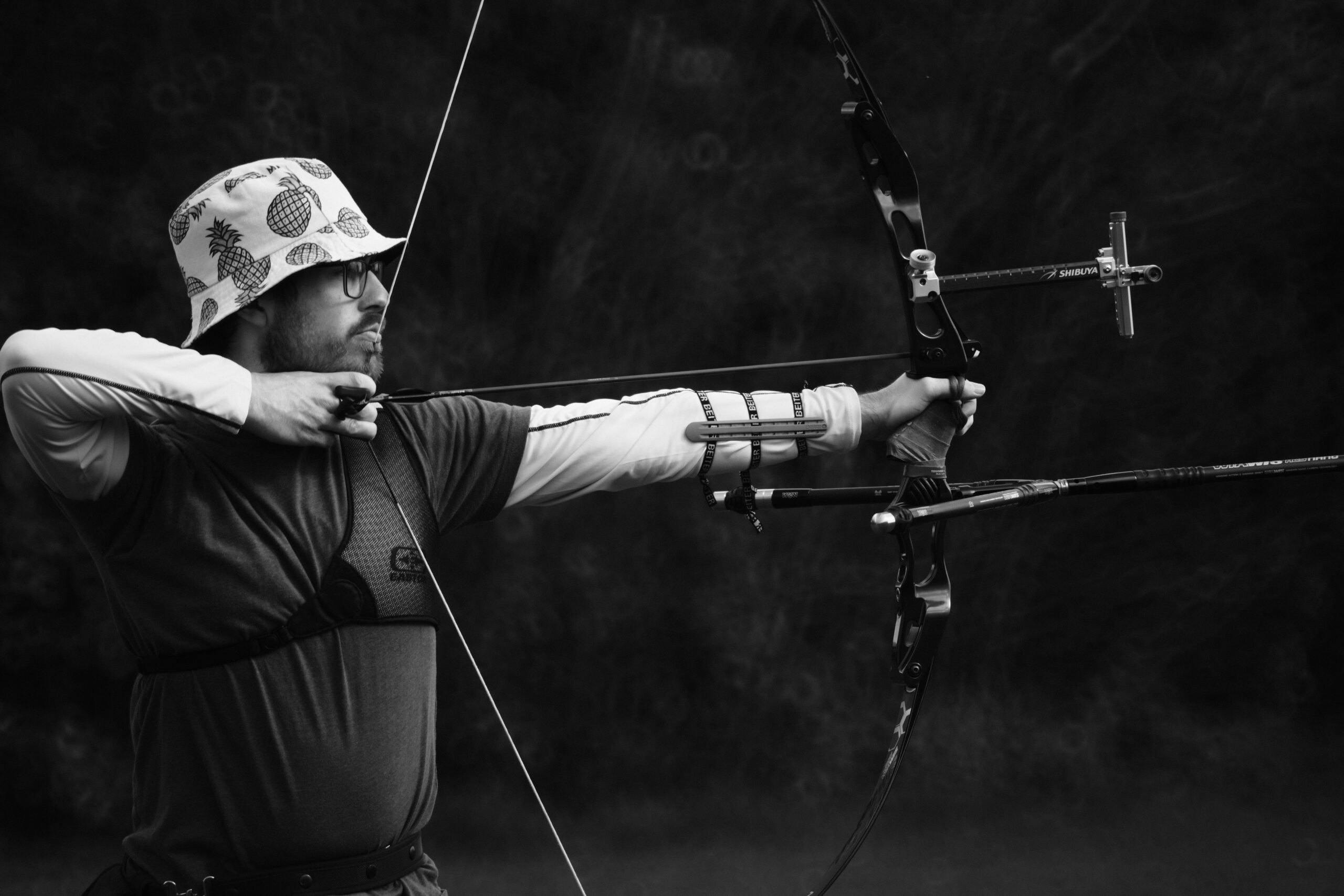
It is essential to ensure safety during combat archery by carefully selecting and maintaining gear. Players should inspect bows for damage before each use and verify that arrow foam tips are intact and soft. Wearing approved protective masks and functional arm guards to prevent string slap is mandatory. Cleaning and sanitizing equipment between sessions also provides a safe and enjoyable shooting experience.
Inspect Bows for Damage Before Each Use
Before each archery tag session, it’s crucial to carefully inspect bows for any signs of damage, as even minor flaws can lead to serious injuries. Players should check for cracks or splinters in the bow material and ensure that foam arrow tips are intact to prevent accidents during play. By maintaining safe equipment and ensuring proper consent for participation, groups can create a fun environment while prioritizing safety and fostering responsible behavior, which is essential for a secure and enjoyable experience in a game that could attract wildlife observers or passersby.
Verify Arrow Foam Tips Are Intact and Soft
Verifying that arrow foam tips are intact and soft is essential for ensuring safe play before engaging in archery tag. Damaged tips can lead to unexpected injuries, disrupting the fun and the spirit of good sportsmanship in shooting sports. For a safe and enjoyable experience akin to dodgeball, players should quickly check their equipment, ensuring everything is in prime condition before they begin their session.
Mandate Approved Protective Face Masks for All Players
Safety during archery tag play hinges on using approved protective face masks for all participants. These masks serve as vital gear, shielding players from the impact of arrows, even those shot from a recurve bow. Ensuring that every player wears a mask helps prevent injuries that could arise from accidental shots, allowing everyone to enjoy the thrill of archery without fear of harm.
Supply Functional Armguards to Prevent String Slap
Supplying functional arm guards is a critical aspect of ensuring safety during archery tag play. These arm guards protect players from string slap, which can occur if the bowstring makes contact with the arm when shooting at various angles. By equipping all participants with suitable armguards, players can minimize the risk of injury, ensure a safer environment, and focus more on the game itself rather than potential emergency situations arising from dry fire incidents:
- Check for signs of wear and tear on arm guards regularly.
- Ensure the armguards fit comfortably and securely for optimal protection.
- Educate participants on the importance of wearing arm guards for safety.
Clean and Sanitize Equipment Between Sessions
Cleaning and sanitizing equipment between archery tag sessions is essential for maintaining a safe and enjoyable environment. This process helps to reduce the spread of germs and keeps gear in good condition, ensuring that players can focus on the game. Participants should wipe down bows and masks with appropriate cleaning solutions and allow them to dry fully before storing to prevent deterioration and promote hygiene:
Establish Secure Playing Field Boundaries and Zones
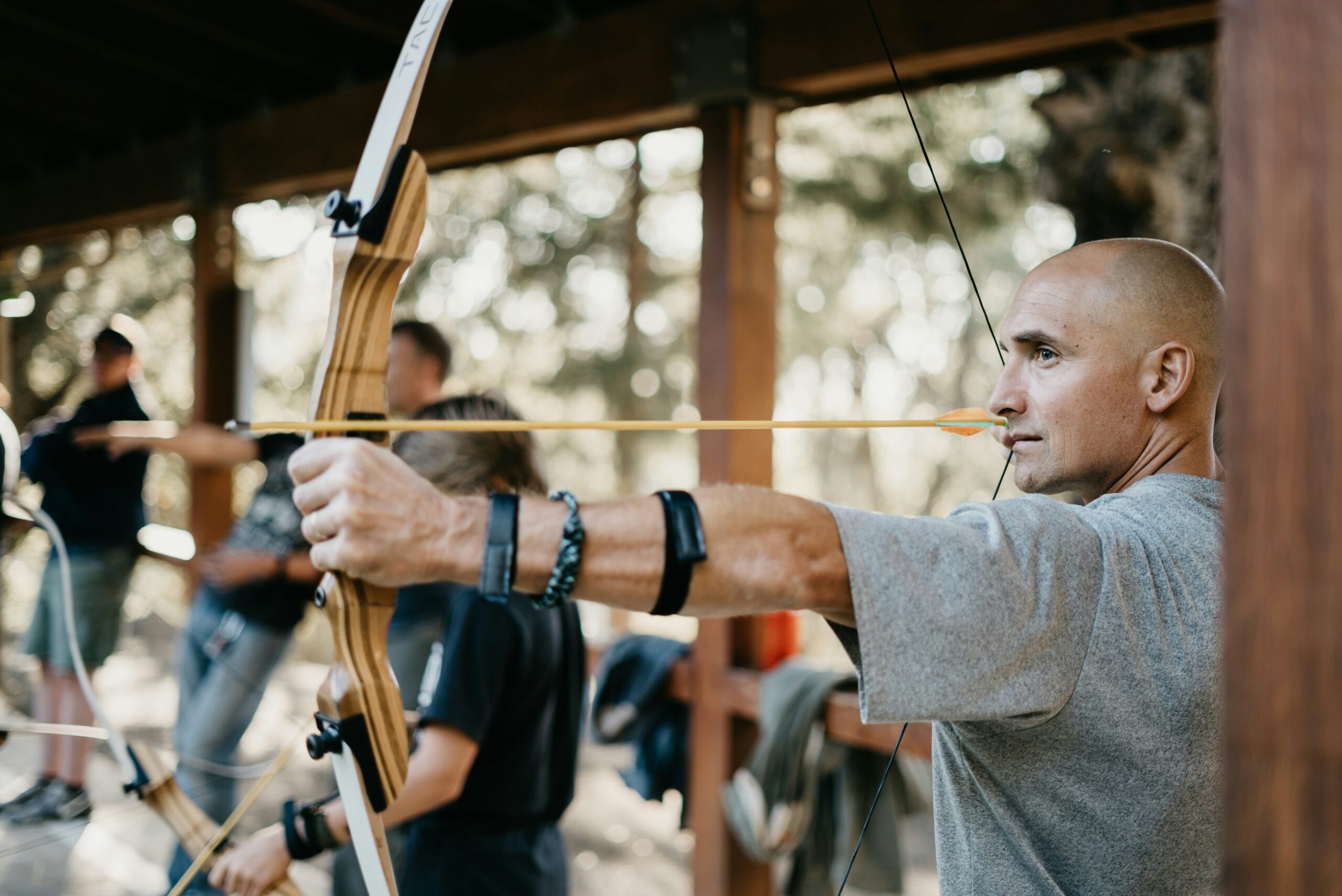
Choosing an obstacle-free playing area is vital for a safe archery tag experience. Clearly marking game boundaries and designating neutral or safe zones ensures players know where to move and where to avoid. Additionally, removing ground hazards like rocks or roots and managing spectator positioning enhances safety for everyone involved. These steps lay the foundation for a secure and enjoyable gameplay environment.
Choose an Obstacle-Free Playing Area
Choosing an obstacle-free playing area is essential for a safe archery tag experience. Players need space to move without the risk of tripping or colliding with unseen hazards. To achieve this, organizers should inspect the location thoroughly, removing any rocks, roots, or debris that could pose a danger during the game:
- Identify and clear any obstacles in the area.
- Mark game boundaries to define safe playing zones.
- Monitor spectator positioning to ensure safety.
Clearly Mark the Game Boundaries
Clearly marking the game boundaries is crucial for a safe archery tag experience. This helps players understand the limits of their play area, reducing the risk of accidents and ensuring everyone knows where to move and where to remain. Organizers should use visible markers or flags to define these boundaries, thereby creating a structured environment that enhances safety and enjoyment during play.
Designate Neutral or Safe Zones Within the Field
Designating neutral or safe zones within the archery tag field is key for player safety. These zones allow participants to retreat momentarily, reducing the risk of collisions or friendly fire during gameplay. Organizers should clearly mark these areas with visible signs or cones to ensure all players understand where they can safely regroup, promoting a smooth and enjoyable experience for everyone involved:
Remove Ground Hazards Like Rocks or Roots
Removing ground hazards such as rocks or roots is critical for ensuring a safe environment during archery tag play. Organizers should thoroughly inspect the playing area before each session to identify any potential dangers that could cause players to trip or fall. By maintaining a clear and safe space, participants can focus on enjoying the game without distractions or injuries caused by hidden obstacles.
Manage Spectator Positioning for Their Safety
Managing spectator positioning is vital to ensuring safety during archery tag play. Organizers should designate specific areas for spectators, keeping them safe from the active play zones. By using clear barriers or signage, everyone can enjoy the excitement of the game without being exposed to potential hazards, creating a secure environment for players and observers alike.
Implement Clear Rules for Player Conduct During Archery Tag
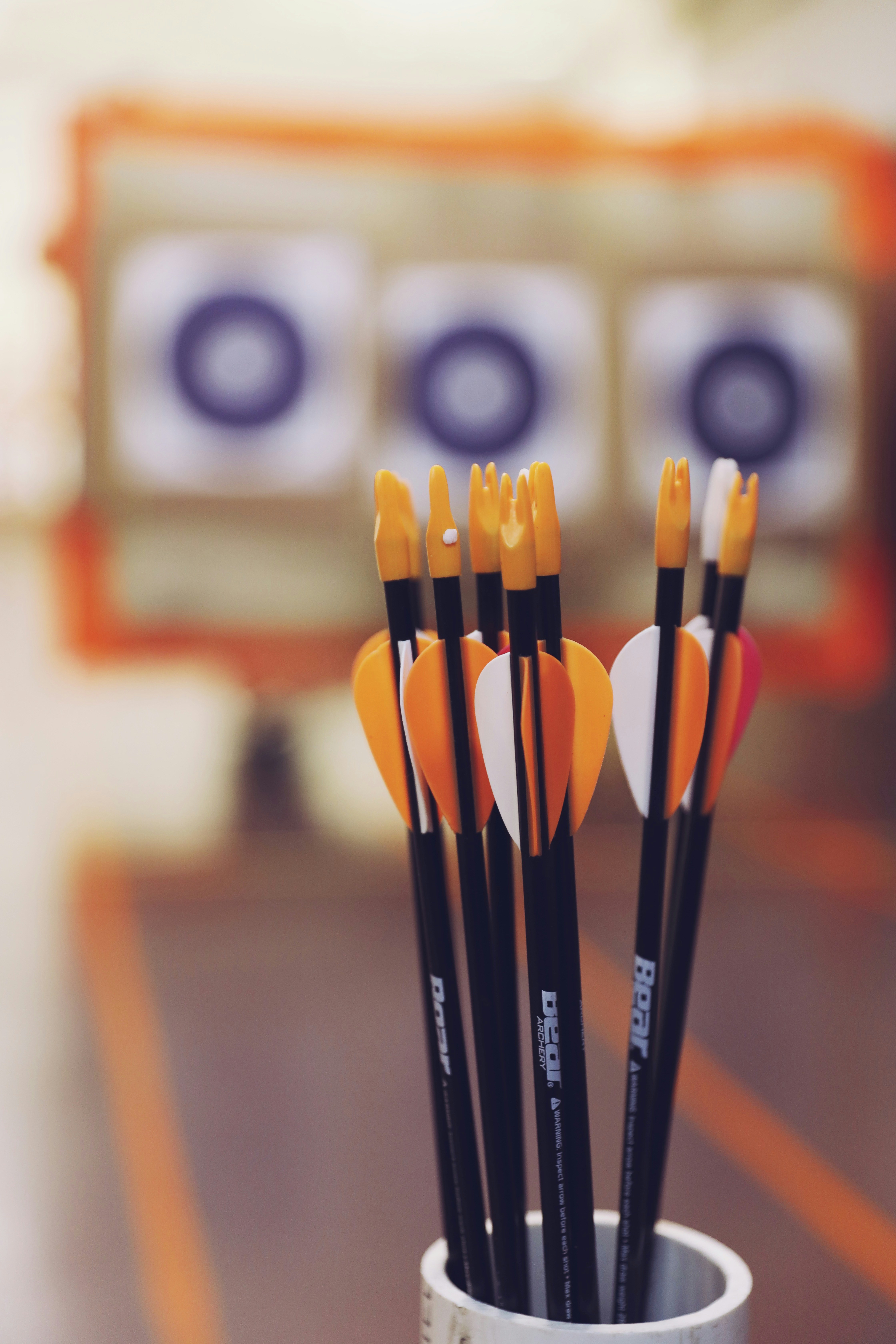
Establishing clear rules for player conduct is vital for maintaining a safe environment during archery tag. Participants must understand minimum and maximum shooting distances, the strict prohibition on aiming for opponents’ heads, and acceptable levels of physical interaction. Communicating consequences for rule violations promotes sportsmanship and fair play, ensuring everyone enjoys a secure and respectful experience on the field.
Define Minimum and Maximum Shooting Distances
Defining minimum and maximum shooting distances ensures player safety during archery tag. A set distance allows participants to engage in gameplay while minimizing the risk of injury from close-range shots. For example, establishing a minimum distance of 10 feet and a maximum of 30 feet helps participants maintain a safe and enjoyable environment, where they can focus on strategy and fun without unnecessary worry about the potential consequences of shots fired too close.
Strictly Forbid Aiming at Opponents’ Heads
Strictly forbidding aiming at opponents’ heads is a crucial rule in archery tag. This guideline helps minimize the risk of serious injuries, allowing participants to enjoy the game safely. By enforcing this rule, players can focus on developing their skills and enjoying friendly competition without the fear of harm, fostering a healthy environment that prioritizes fun and safety for everyone involved.
Outline Acceptable Levels of Physical Interaction
An outline of acceptable levels of physical interaction is key to maintaining safety during archery tag. Players should engage in light contact, such as tapping opponents to tag them, but any roughhousing or excessive force should be strictly prohibited. By setting clear guidelines on physical interactions, organizers help prevent injuries and ensure everyone can enjoy the game while fostering a respectful and fun environment.
Communicate Consequences for Rule Violations
Clearly communicating the consequences for rule violations is essential for maintaining a safe environment during archery tag. Participants should be aware that failing to follow the established rules can result in penalties, including temporary removal from the game or even a complete ban from future sessions. By setting these expectations upfront, organizers foster accountability and ensure everyone understands the importance of safety and sportsmanship, ultimately enhancing the overall experience for all players.
- Define minimum and maximum shooting distances
- Strictly forbid aiming at opponents’ heads
- Outline acceptable levels of physical interaction
- Communicate consequences for rule violations
Promote Sportsmanship and Fair Play
Promoting sportsmanship and fair play is key to ensuring a safe environment for archery tag. Players should respect one another and follow the rules set in place to avoid injuries and conflicts. For instance, acknowledging when one is tagged and accepting the game’s outcomes fosters a positive atmosphere that enhances the enjoyment for everyone involved, turning the focus towards teamwork and strategy rather than competition alone.
Provide Competent Supervision Throughout the Game
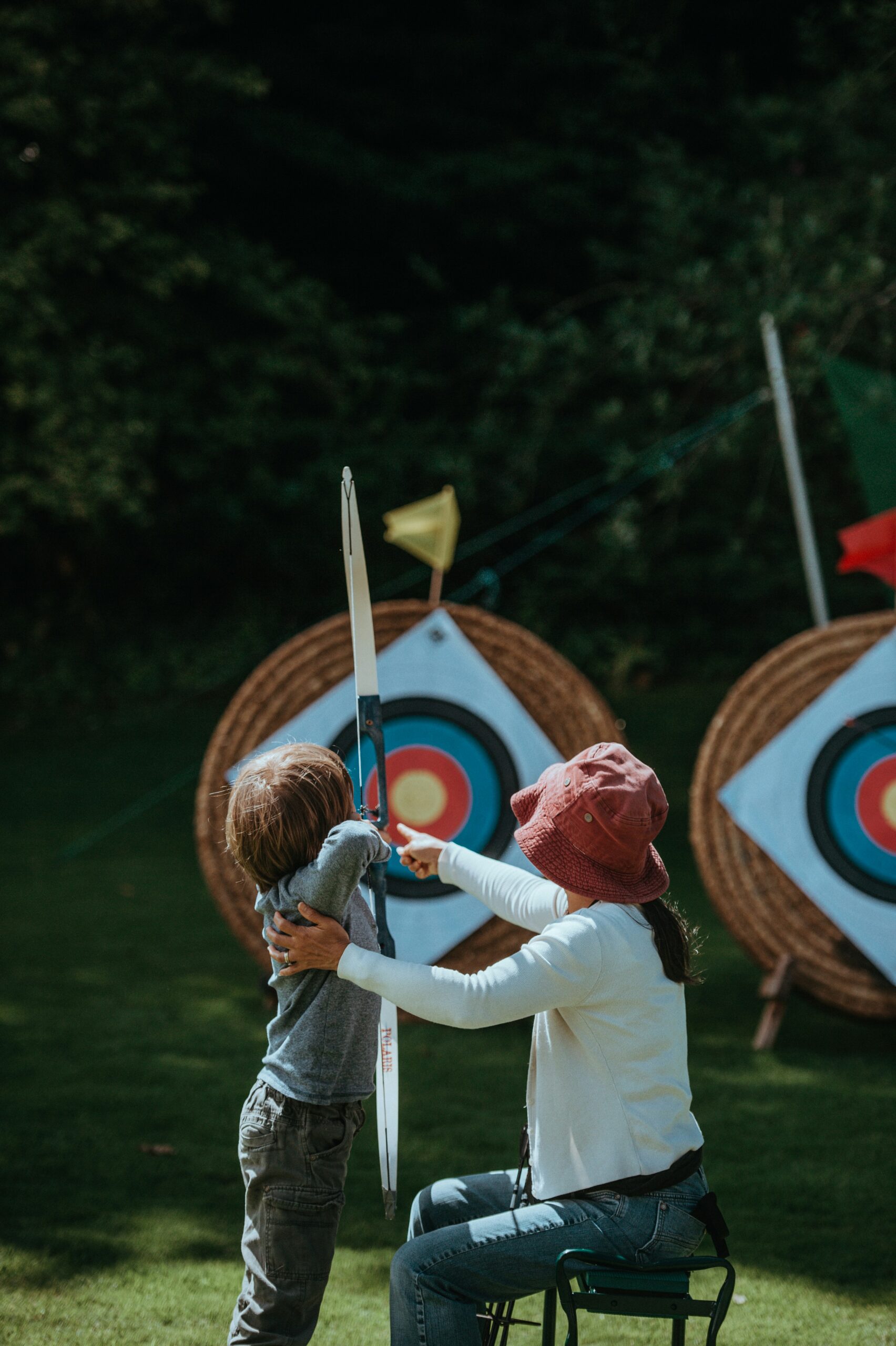
Maintaining safety during archery tag requires competent supervision throughout the game. This involves having an appropriate supervisor-to-player ratio and training staff thoroughly on game rules and safety protocols. Supervisors should be positioned strategically for optimal field view, enabling them to intervene quickly if unsafe actions occur. Additionally, they must observe players for signs of fatigue or distress to ensure a secure and enjoyable experience for everyone.
Maintain an Appropriate Supervisor-to-Player Ratio
Maintaining an appropriate supervisor-to-player ratio is vital for ensuring safety during archery tag. Ideally, one supervisor for every five to ten players allows for effective gameplay monitoring and quick intervention if needed. This setup helps manage player conduct and supports the overall enjoyment of the experience while keeping everyone secure and engaged.
Train Staff Thoroughly on Game Rules and Safety Protocols
Training staff thoroughly on game rules and safety protocols is essential for maintaining a secure environment during archery tag play. Well-informed supervisors can effectively manage gameplay, ensuring that all participants adhere to injury prevention guidelines. For example, having staff who understand how to enforce shooting distances and monitor player conduct helps keep the game safe and enjoyable for everyone involved.
Position Supervisors Strategically for Optimal Field View
Positioning supervisors strategically is essential for ensuring a safe environment during archery tag. Supervisors should be placed at vantage points that allow them to monitor the entire playing field for any unsafe actions or behaviors. By having a clear view of all players, supervisors can intervene quickly if needed, helping to maintain safety and enhance the game’s overall enjoyment.
Intervene Quickly to Address Unsafe Actions
Quick intervention is vital to address unsafe actions during archery tag. Supervisors should remain vigilant and ready to step in if they notice any player engaging in risky behavior, such as roughhousing or shooting from too close a distance. Immediate corrective action prevents potential injuries and reinforces the importance of safety among all participants.
- Observe players for any unsafe actions during the game.
- Act promptly to correct risky behavior.
- Reinforce the rules to encourage safe play.
Observe Players for Signs of Fatigue or Distress
Supervisors play a crucial role in ensuring safety during archery tag by observing players for signs of fatigue or distress. Recognizing when participants need a break helps prevent injuries and allows everyone to enjoy the game more fully. For instance, if a player shows signs of exhaustion, such as slower movements or difficulty focusing, a supervisor can encourage them to rest, ensuring that all players stay safe and engaged throughout the session.
Conclusion
Ensuring a safe environment for archery tag play is vital for protecting participants and enhancing their experience. Proper equipment maintenance, clear rules, and competent supervision significantly reduce the risk of injuries, allowing everyone to focus on the fun and strategy of the game. Moreover, conducting thorough pre-game briefings and maintaining effective emergency response plans reinforces the commitment to safety and sportsmanship. Prioritizing safety fosters a positive atmosphere and cultivates responsible behavior, making archery tag enjoyable for all involved.

